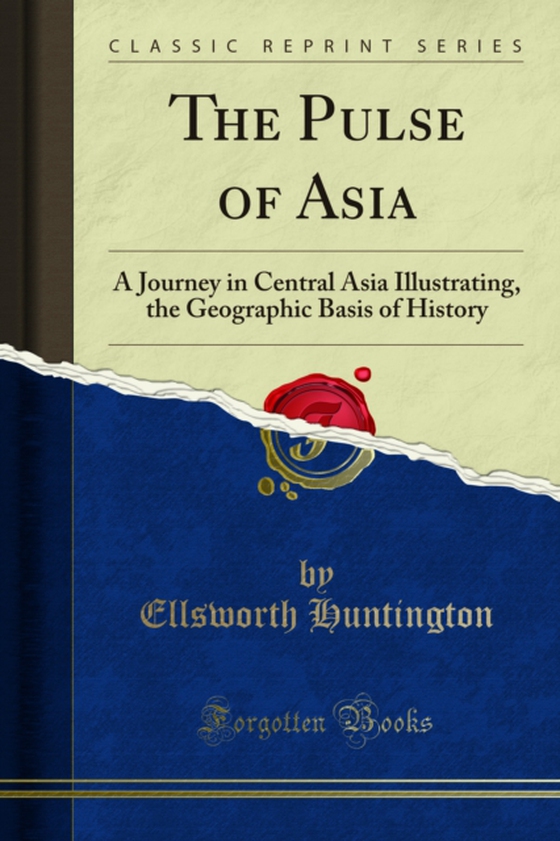
Pulse of Asia e-bog
94,98 DKK
(inkl. moms 118,72 DKK)
Whilst the greatest effort has been made to ensure the quality of this text, due to the historical nature of this content, in some rare cases there may be minor issues with legibility. After The Pulse of Asia was finished in 1907 the next step was obviously to carry the investigation into new fields. Palestine was chosen, partly because that country is geoo graphically unique, and partly becaus...
E-bog
94,98 DKK
Forlag
Forgotten Books
Udgivet
27 november 2019
Genrer
Geography
Sprog
English
Format
pdf
Beskyttelse
LCP
ISBN
9780243688920
Whilst the greatest effort has been made to ensure the quality of this text, due to the historical nature of this content, in some rare cases there may be minor issues with legibility. After The Pulse of Asia was finished in 1907 the next step was obviously to carry the investigation into new fields. Palestine was chosen, partly because that country is geoo graphically unique, and partly because there and in the neighboring regions the course of history can be traced far into antiquity. As the result of a journey in 1909, under the auspices of Yale University, Palestine and its Trans formation was published in 1911. The evidence discussed in that book shows that Palestine and Syria are full of proofs of climatic changes quite as convincing as those in Central Asia. Moreover, the indications of pulsations are even stronger than appears in The Pulse of Asia. The curve shown on page 349 of the present book indicates dry periods from four to six hundred years after Christ and possibly about 1200 a.d. The evidence from Palestine and Syria in dicates a marked dry period not only at both of these times, but about 1200 b.c., while there are indications of minor periods at earlier times and also about 800, 600, and 100 b.c. And 300 to 400 ad.
 Dansk
Dansk

